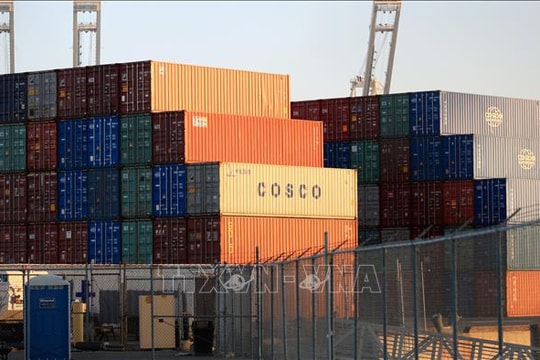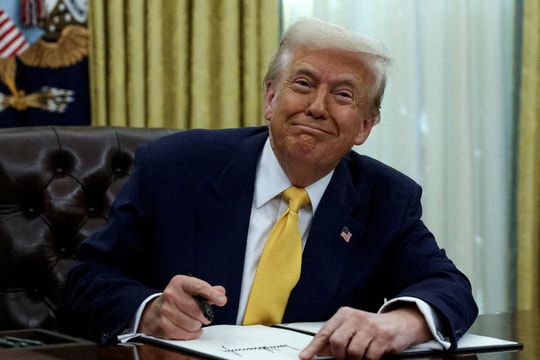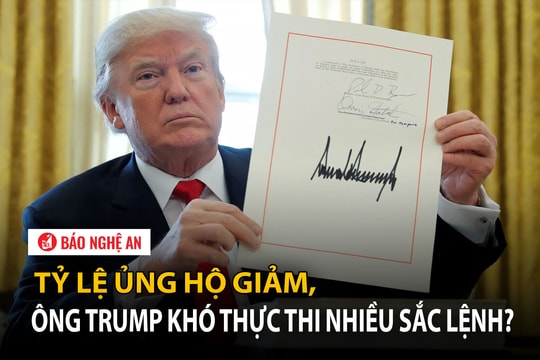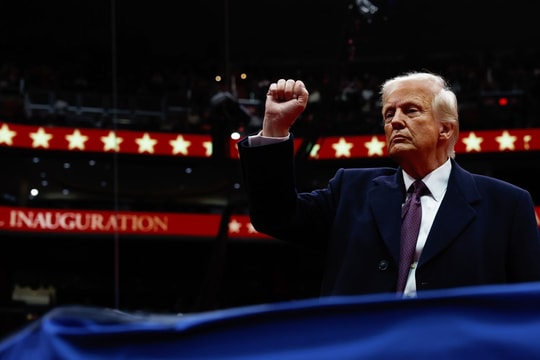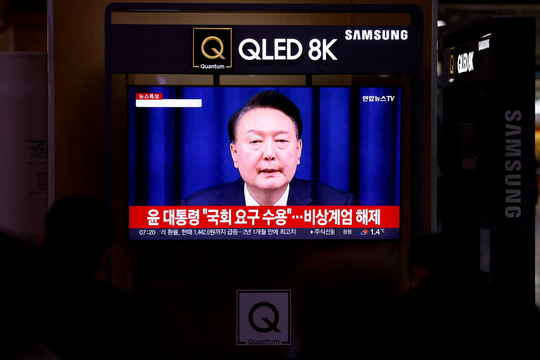Trump's immigration ban is like a 100-year-old law?
(Baonghean.vn) - President Donald Trump recently called a federal court ruling to suspend his controversial executive order banning the entry of a certain group of immigrants and migrants into the US “ridiculous.”
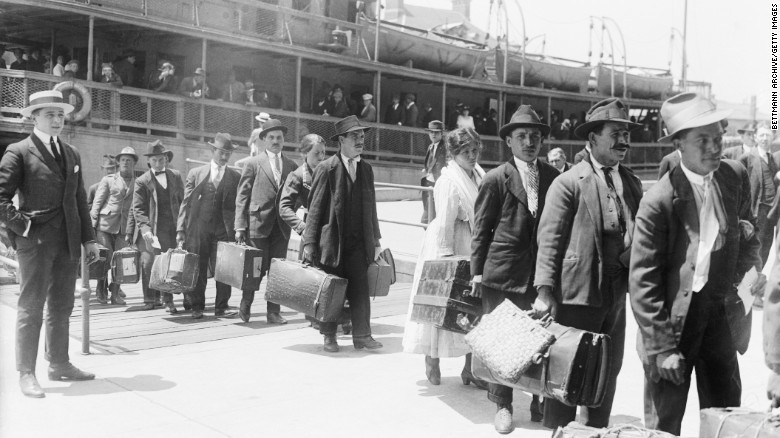 |
| Immigrants arrive at Ellis Island, New York on May 27, 1920. |
Many Americans are vehemently opposed to it. But in fact, the attempt to keep desperate people from entering the United States has deep roots in history. Exactly 100 years ago, the United States passed the most restrictive immigration law of its time: the Immigration Act of 1917.
The law restricts the immigration of “undesirables,” including many from the Middle East and Asia, through tax increases, inspections and even outright bans.
Trump's ban, which has sparked protests across the US and widespread condemnation, also bears an uncanny resemblance to a century-old law - which observers say targets a select few and imposes "extremely thorough" testing.
What is the Immigration Act of 1917?
This Immigration Act provides a long, ambiguous list of people who are not allowed to set foot on US soil.
Accordingly, these people include “all idiots, imbeciles, persons of unsound mind, epileptics, insane persons… chronic alcoholics, poor persons, professional beggars”, and those with tuberculosis or other contagious diseases. The law also prohibits murderers, polygamists, prostitutes and human traffickers, and similar to Trump’s ban – the old law prohibits those who “advocate, by force or violence, the overthrow of the United States Government or any form of law” …
To keep these people out, the law increased taxes on most adults immigrating to the US. There was also a literacy test, requiring newcomers over the age of 16 to demonstrate basic reading comprehension in any language.
In addition, the law also bans people from the “Asian Exclusion Zone”, which currently includes India, Afghanistan, Iran, Saudi Arabia, Russia, Southeast Asia and the Asia-Pacific islands.
China was not on the list, but Chinese people were denied entry visas under the Chinese Exclusion Act of 1882, which was not repealed until 1943.
The only exceptions were Japan and the Philippines. Japan had voluntarily restricted its people from emigrating to the United States in 1907, and the Philippines was then an American colony.
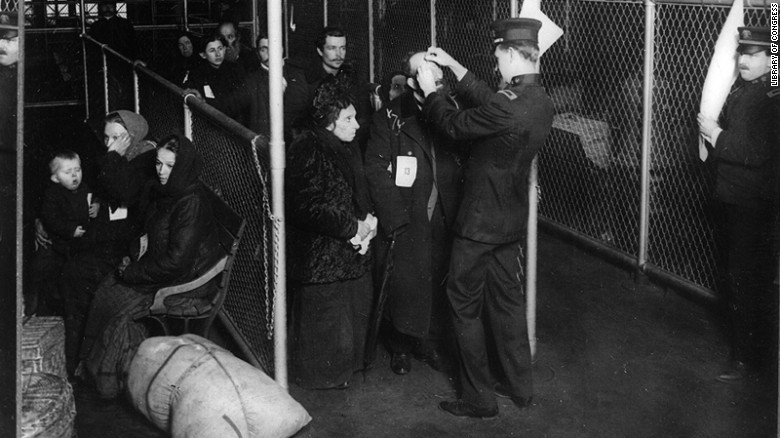 |
| Immigrant eye examination at Ellis Island, New York Harbor, early 1900s. |
Reaction to the 1917 Act
American lawmakers drafted and passed immigration laws, considering them necessary to ensure national security as World War I was entering a tense period. There was a consensus that the law was reasonable, but in reality, it was inevitable that the law would be opposed when it was enacted. President Woodrow Wilson vetoed it, but Congress overrode the veto. Wilson believed that the law contradicted American values and prevented good people from entering American society. The international reaction was also very tense, with many countries on the ban list criticizing the law.
Similarities in Trump's ban
On January 27, Trump signed an executive order suspending immigration from seven Muslim-majority countries for 90 days, halting the US immigration program for 120 days, and indefinitely banning Syrian immigrants from entering the US.
“I am establishing new screening measures to keep radical Islamic terrorists out of the United States. We don’t want them here,” Trump said as he signed the order at the Pentagon.
The total number of immigrants allowed into the United States in 2017 is also capped at 50,000, down from the previous cap of 110,000. The order fulfills Trump's campaign promise to tighten the border and block certain immigrants from entering the United States.
While the Immigration Act of 1917 is more far-reaching than Trump’s executive order, observers say they are similar in at least three ways: first, supporters of both argue the ban is necessary for national security. Second, the ban imposes a form of vetting. Third, the ban appears to discriminate based on people’s national origin.
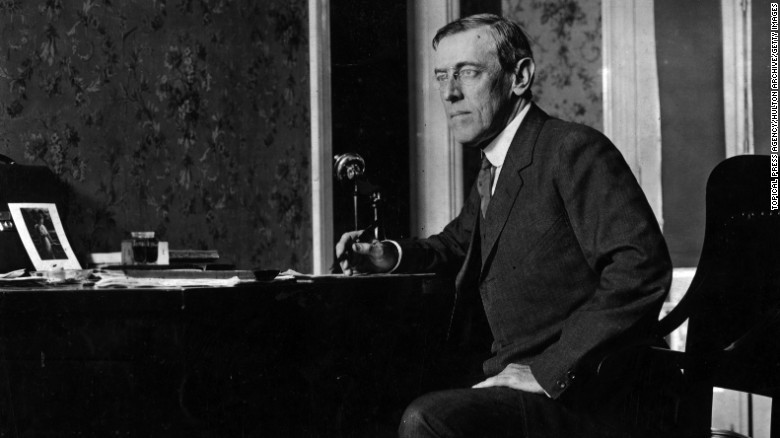 |
| US President Woodrow Wilson vetoed the Immigration Act of 1917. |
What impact will there be?
It is difficult to quantify the impact of immigration bans. When migrants and immigrants are barred from entering countries, people are exposed to danger and can even be harmed or killed; families are torn apart, opportunities are lost, and travel and tourism spending is lost. Destination countries may lose the labor, knowledge, and skills that could strengthen their societies and economies.
In fact, the Immigration Act of 1917 was questioned by businesses in the American Southwest, who argued that the literacy tests were a barrier to Mexican workers entering the United States.
Trump’s executive order could also prevent students from completing their studies, doctors from returning to their normal jobs in hospitals, and patients from receiving timely treatment. For example, Iranian baby Fatemeh Reshand almost lost the opportunity to treat her heart disease due to the ban. Her family and community had to lobby and appeal a lot before she and her parents were granted a medical exemption.
What is the fate of the two bans now?
The Immigration Act of 1917 was amended by the Immigration and Nationality Act of 1952, also known as the McCarran-Walter Act. The law eliminated discriminatory restrictions but retained quotas for nationalities and territories. It also established a system of preference for certain nationalities and immigrants with particular labor skills.
As for Trump's immigration order, it was temporarily suspended on February 3 by a federal judge. The Department of Homeland Security then also suspended the enforcement of the order, saying it would continue to carry out standard checks as before./.
Phu Binh
(According to CNN)
| RELATED NEWS |
|---|

